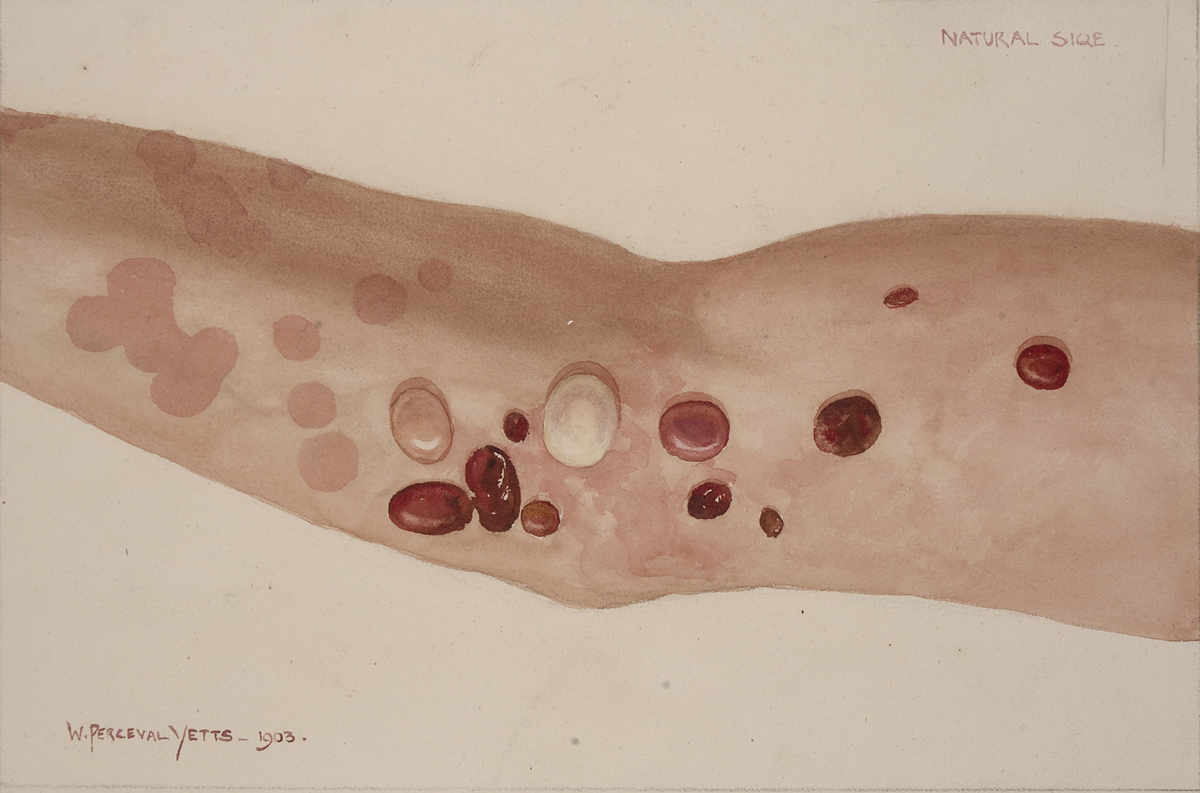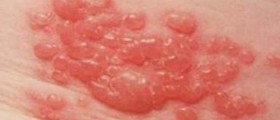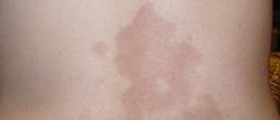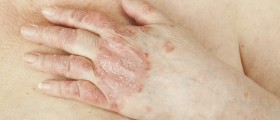
Dystrophic epidermolysis bullosa is a rare skin disorder and represents only one type of epidermolysis bullosa spectrum of conditions. In patients suffering from this skin condition the skin is too fragile and may be easily damaged even after minor trauma. Even though dystrophic epidermolysis bullosa may be mild and cause only slight inconvenience, in some cases the condition is quite severe affecting large portions of the skin or the oral cavity, eyes and esophagus.
Dystrophic Epidermolysis Bullosa Causes
The epidermis and dermis are two outermost layers of the skin which are held together with the assistance of several proteins. In patients suffering from dystrophic epidermolysis bullosa there is damage to the type 7 collagen caused by a genetic mutation. Because of that inadequately functioning type 7 collagen simply cannot hold the epidermis and dermis close to each other which eventually results in skin blistering. The inability of these two layers to stay close allows accumulation of fluid between them each time the specific part of the skin is exposed to friction, heat or any other irritation.
Dystrophic Epidermolysis Bullosa Clinical Characteristics
The most commonly affected body parts are the knees, ankles, elbow and knuckles. In dominant form of the condition the first signs occur soon after birth. In other cases the onset of the condition is reported in early childhood.
Because children are more likely to rub their skin and irritate certain body parts comparing to adults who are more careful, they frequently end up with blisters. Also, in children blistering is more severe. In adults affected by dominant dystrophic epidermolysis bullosa there may be thickening of fingernails or toenails. Severe cases lead to loss of fingernails/toenails.
If blisters affect the oral cavity, one may avoid tooth brushing and this way increase the chance for dental cavity. Blistering of the mouth and esophagus is also blamed for loss of appetite, difficulty chewing and swallowing and subsequent weight loss or some nutritional deficiencies.
Finally, patients with the most severe form of dystrophic epidermolysis bullosa may develop skin cancer.
Dystrophic Epidermolysis Bullosa Diagnosis and Treatment
A well experienced doctor may confirm the condition according to skin lesions especially if there is a positive family history of dystrophic epidermolysis bullosa. To be sure he/she performs biopsy of the affected skin. Patients may also undergo genetic testing.
As for treatment, even though there is no cure for dystrophic epidermolysis bullosa, the condition can be brought under control with some medications, appropriate management of skin lesions and prevention of complications.

















Your thoughts on this
Loading...